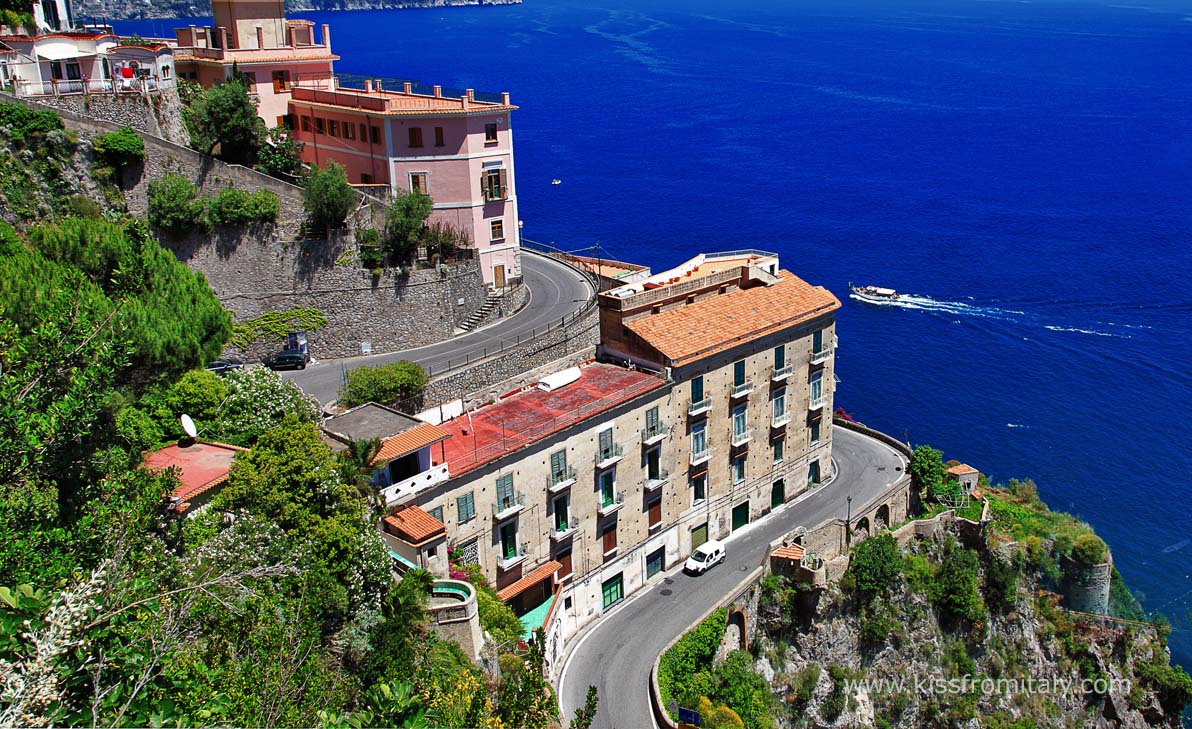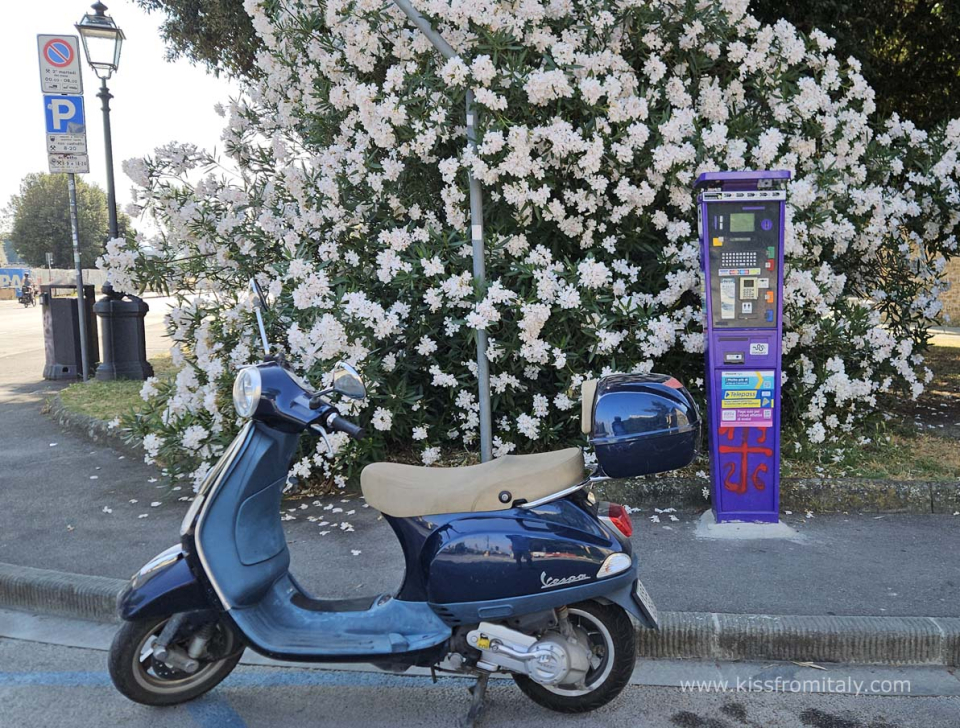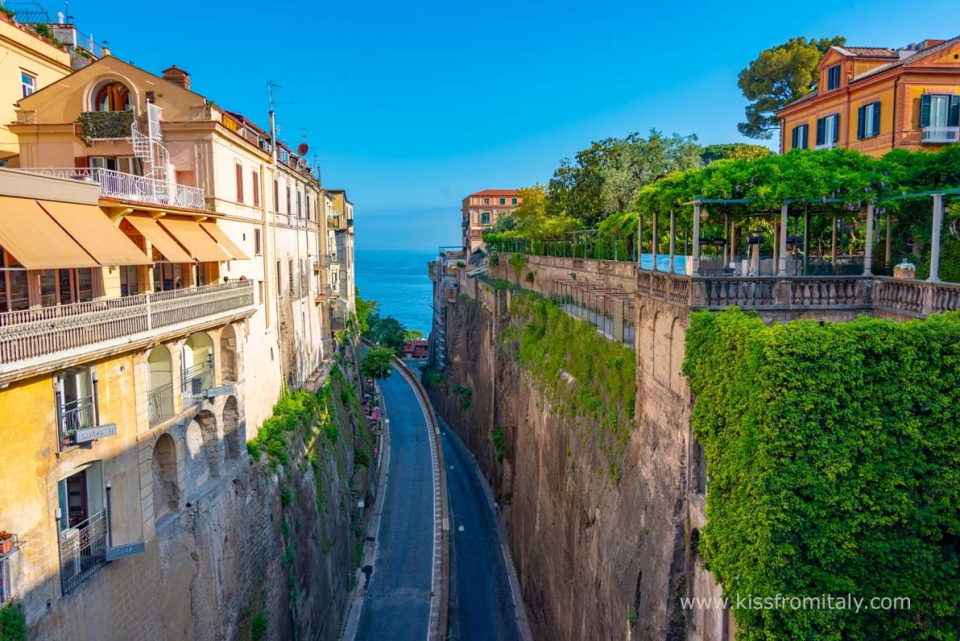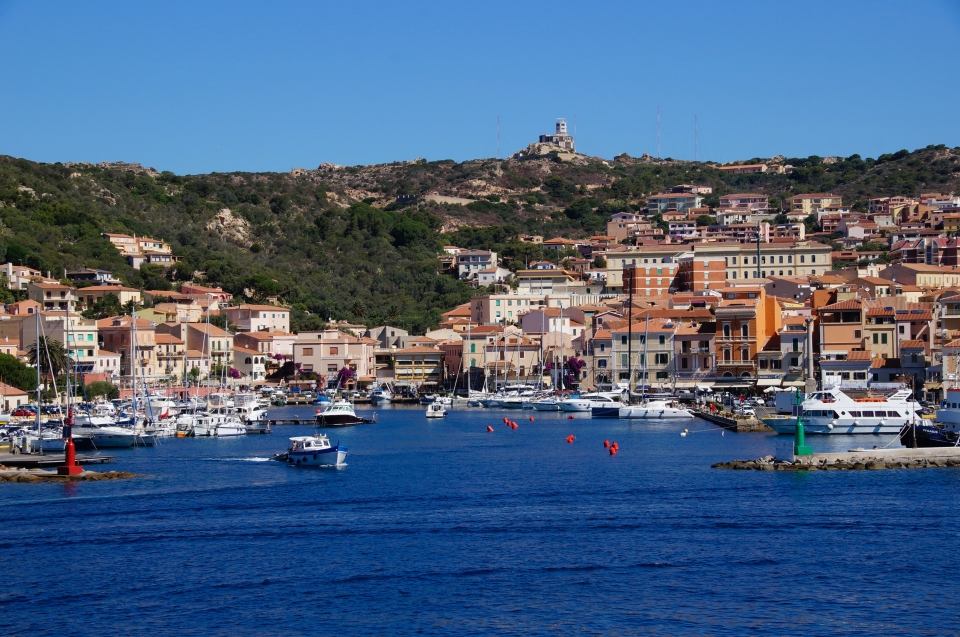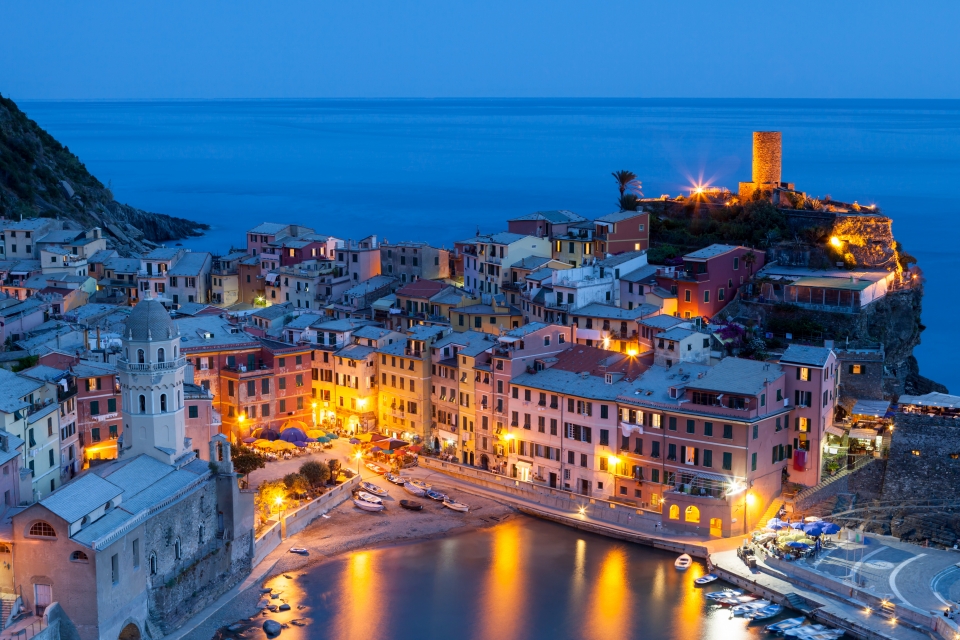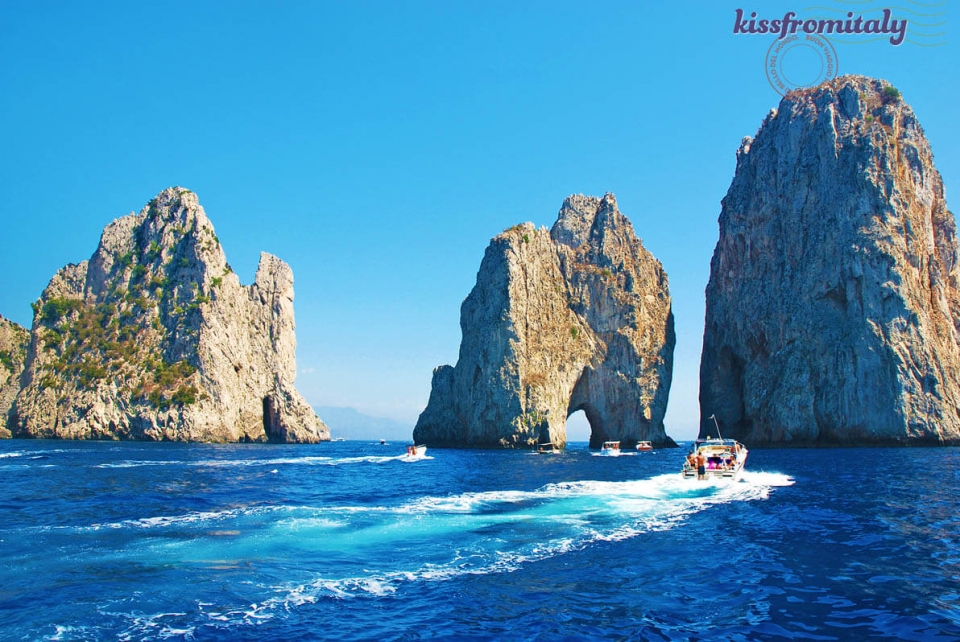
Driving in Italy: Essential Tips for Tourists (ZTL, Parking & Car Rental)
If you’re planning a trip to Italy, one of the biggest questions is: should I rent a car or rely on public transportation? The answer depends on where you’re going and how you want to experience the country. Italian roads can be both thrilling and intimidating — a mix of breathtaking scenery, narrow medieval streets, and assertive local drivers. This guide covers everything you need to know: from car rental vs. trains, to ZTL zones, tolls, and cultural driving habits that can make or break your Italian adventure.
Going Around Italy: Car Rental, Private Driver, or Public Transportation?
If you are planning to stay in large cities like Rome, Florence, Milan, or Naples, simply walking around and taking public transit is your best option. Most historic centers are pedestrian-only or restricted. If you want to explore more off the beaten path, rural areas in the countryside, or the interior of big islands like Sardinia or Sicily, renting a car gives you freedom. Another option is hiring a private driver (autista), a popular choice on the Amalfi Coast or in wine regions where you’ll want to relax and taste without worrying about driving..
Get Your IDP (International Driving Permit)
If you do decide to rent a car, it is important to remember the different driving rules in Italy. First thing, the American (or other country) driver’s license is not automatically valid, and you do not want to be pulled over by a police officer without a proper, valid license. In Italy, an IDP, International Driving Permit, is a required document for non-EU residents to drive with a non-EU license. It acts as a translated version of your valid home driver’s license and should be carried together, not as a replacement, but a necessary supplement. You can easily obtain an IDP in your home country, or through online services, or AAA in the US.
City Center Restrictions: ZTL Zones — The Trap That Catches Tourists
Once you have your valid documents for driving, be sure to understand the many traffic restrictions while driving in Italy. ZTL zones, (Zona a Traffico Limitato – Limited traffic zone) restricts driving in historic city centers, and are acknowledged by a simple sign that says ZTL in red or green. If it is red, that means you cannot enter the zone or will face hefty fines, so it’s best to park outside the center when possible.
Driving in Italy is doable, but be sure to do your research. In big cities, like Florence, Rome, Venice, or Milan renting a car is not so useful, as you cannot typically drive into the historic city centers, due to the ZTL or becasue of the water in Venice. Plan properly and see where your itinerary will be leading you and decide accordingly. If you are staying in a hotel located within the ZTL, they generally can give you a temporary access to the ZTL, ask your hotel for details. One important thing to keep in mind: each city has their own set of laws and regulation, so much sure to do some research for the specific locations that you will be visiting
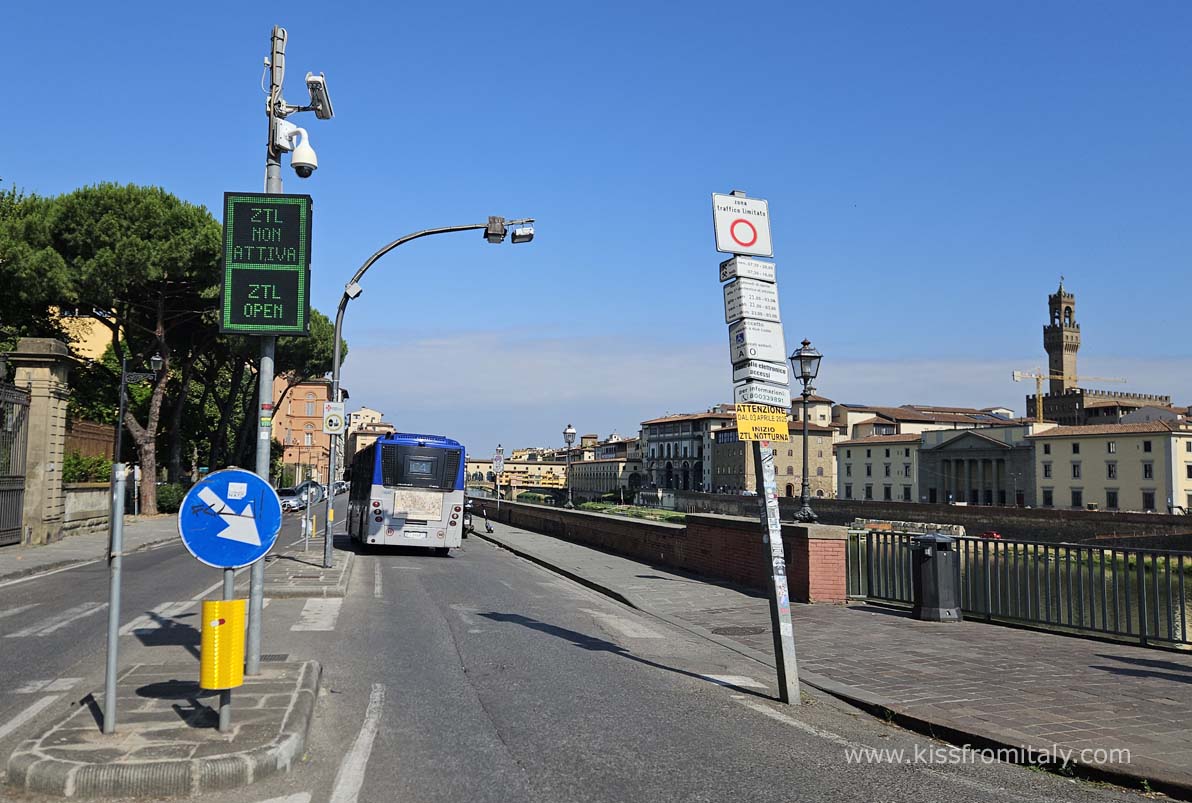
Narrow Roads and Tons of Traffic
If you plan to stay in the countryside and want to be able to move around, having a car might be the right choice. However, if you plan to go for instance from Florence to the Amalfi Coast, maybe not. For people not used to driving in Italy, Italian roads can be quite daunting, depending where you go. Naples and the Amalfi Coast, for example, are notorious for their crazy driving, whereas driving through the countryside of Tuscany is easier and beautiful. Some roads in Italy, especially for example along the Amalfi Coast, extremely narrow, winding, with hairpin turns and the cliff right on the side.
These small roads are somehow not one way, meaning it is very common to encounter a situation where you are driving along the Amalfi Coast and a large tour bus comes screeching down the opposite side of the winding road, leaving it impossible for you to continue without backing up.
Autostrada: High Speed and High Costs
Parking in Italian Cities: Welcome into a Nightmare
Be prepared for traffic, tight spaces, and limited parking. In Italy, designated parking spaces are also color-coded and it’s imperative to pay attention to this, because parking incorrectly will also lead to fines or, even worse, the car being towed (you have no idea how bad this is). The easiest way to ruin your perfect holiday is stumbling back to your car with a long, white receipt looking paper, signifying a "multa" or ticket, or worse, arriving back home and months later having your mailbox infiltrated with tickets seemingly difficult to pay from abroad.
White lines indicate free parking, but be sure to check for any time limits or specific regulations in the city you’re visiting. It's very common to also see signs designating these parking for residents only or restrictions on specific days (weekly markets, streets cleaning or other). Look for signs that say "Solo Autorizati" or "Solo Residenti" meaning only specifically authorized or resident vehicles can be parked in these white line spaces.
Blue lines denote you are in a paid parking zone, so look for a nearby meter or parking machine and be sure to place the purchased ticket, visibly facing the correct way, on your dashboard. Failure to display properly the ticket will leave you with a fine, even if you paid for parking. Yellow lines usually are for residents, or loading zones, or deliveries, or disabled parking with valid permits. To ensure stress free parking, be sure to always check for signs that could indicate street cleaning days and times, that could prohibit parking during these periods, and if you choose to instead park in a private garage, make sure to confirm the garage’s closing times as they are not always 24/7. One of the nice things about parking in Italy is that garage parking is generally much cheaper than in US cities.
Double-parking for quick errands is common among locals, but risky for visitors. Fines (multe) are frequent, and tickets can follow you home months later.
Drinking and Driving
Italy’s blood alcohol limit is 0.5 g/L (lower than the U.S.). For drivers under 21 or with less than three years’ license, it’s zero. A single glass of wine could put you over the limit — something to consider in wine regions.
So, To Drive or Not to Drive?
Driving in Italy is both a challenge and a joy. Absolutely skip the car if your trip is city-focused. Consider driving if you want to explore the countryside or the coast. If you want to explore vineyards and are into wine, make sure you have someone onboard who doesn't like wine. If you are going to Cinque Terre or Venice you cannot use the car, period. The scenic road on the Amalfi Coast is gorgeous but challenging. High-speed trains are perfect for most trips between major cities. Hire a private driver if you want to relax and use the local expertise.
Buon viaggio, happy travels!
FAQs: Driving in Italy
Do I need an International Driving Permit to rent a car in Italy?
Yes, if you are from outside the EU. Rental agencies may overlook it, but police fines are strict if you don’t have one.
Can I drive into Florence, Rome, or Milan city centers?
Usually no, due to ZTL zones. Park outside and use public transport.
Are Italian drivers really that bad?
Not bad — just fast and assertive. Once you adjust to the flow, it makes sense.
What’s the speed limit in Italy?
Autostrade: 130 km/h (about 80 mph). Main roads: 90 km/h (56 mph). Cities: 50 km/h (31 mph). Always watch for signs.
Is parking easier in small towns?
Not always — many towns have limited resident-only spaces. Arrive early or use designated lots.
Should I rent a scooter instead of a car?
Short answer: no. Do it only if you are experienced, very experienced. Italian traffic is chaotic, many roads are paved with cobblestones (uneven and super slippery when it rains), tramway rails: scooters are best left to locals unless you really know what you are doing. And lastly: locals are not very tolerant of slow/inexperienced drivers.


